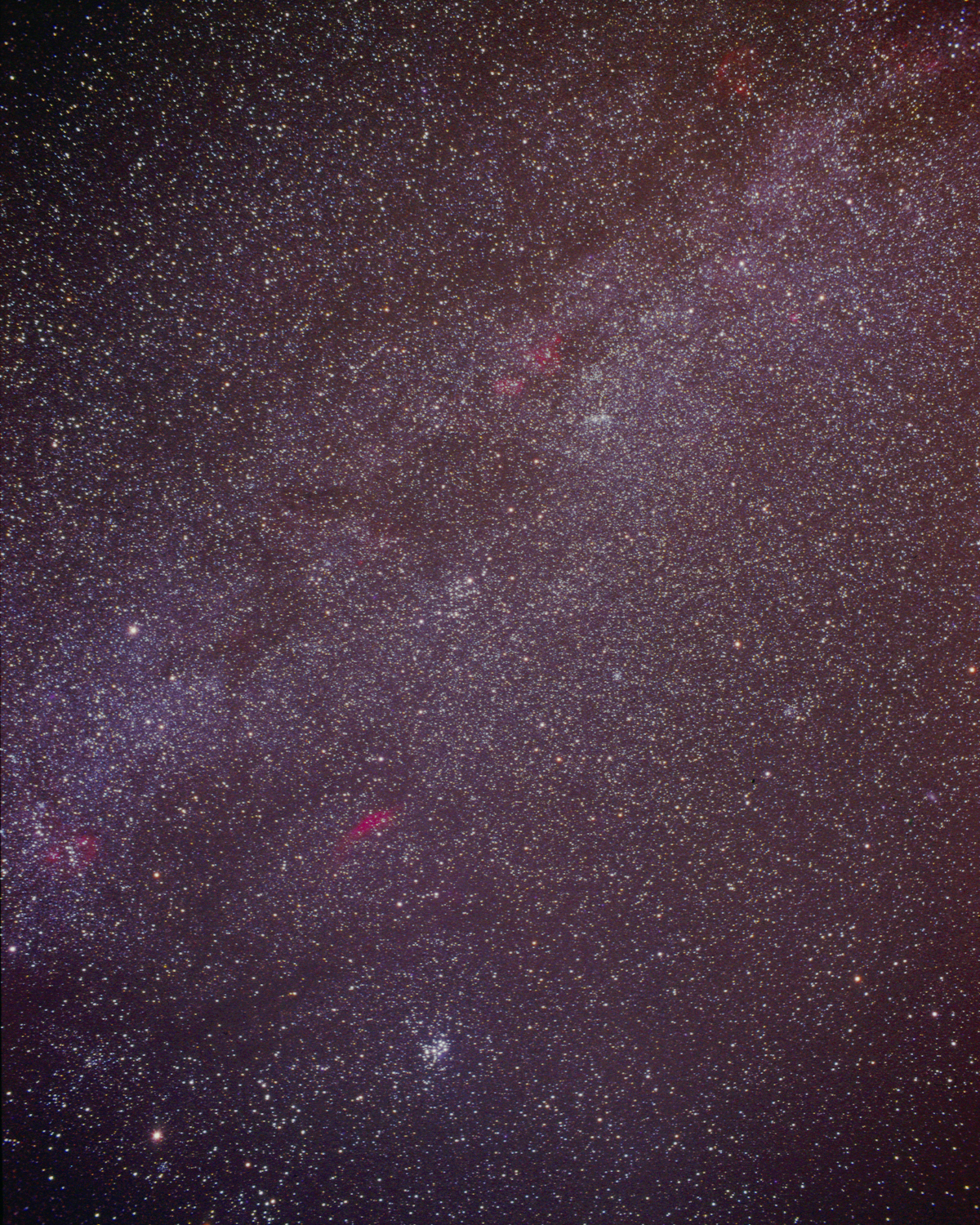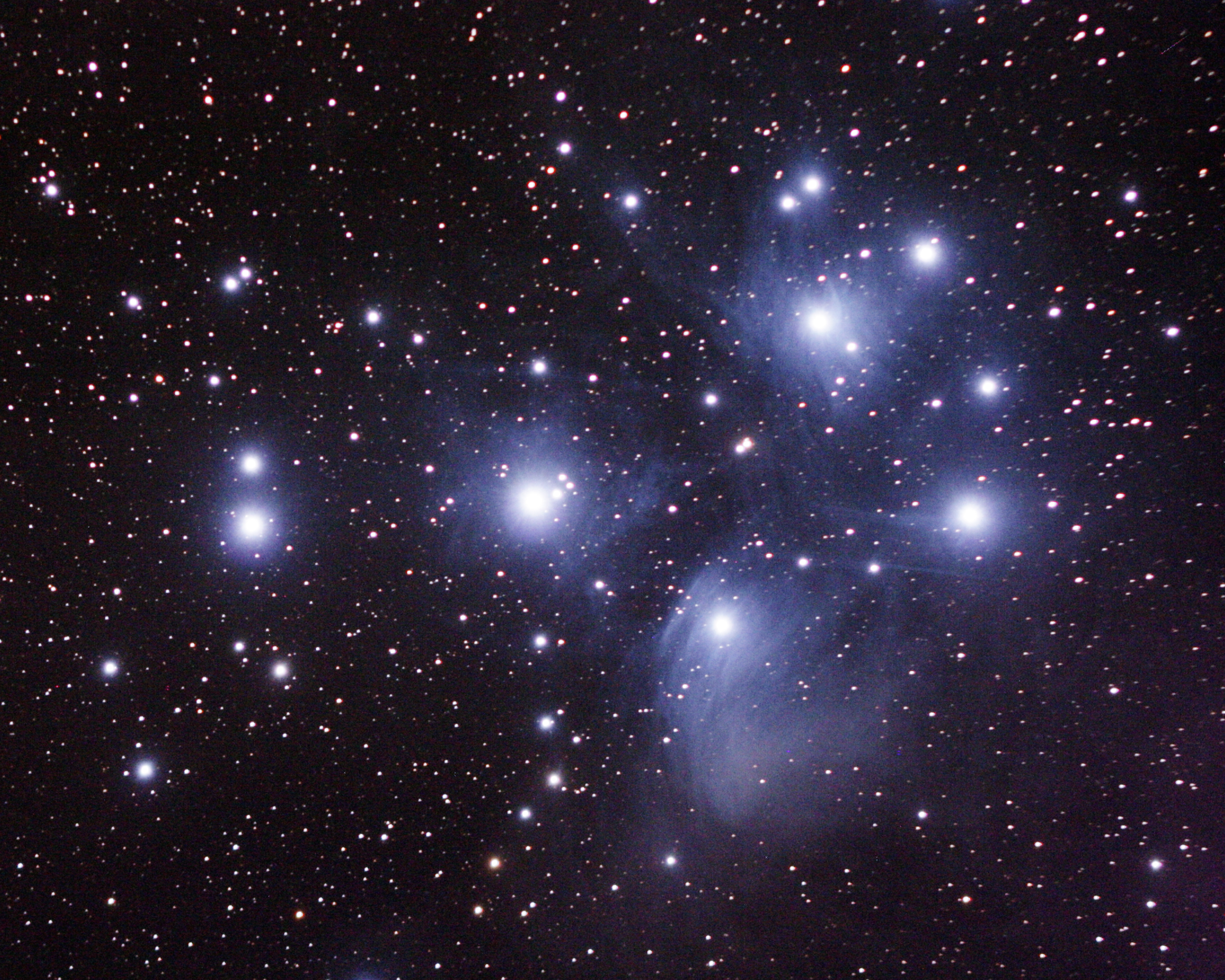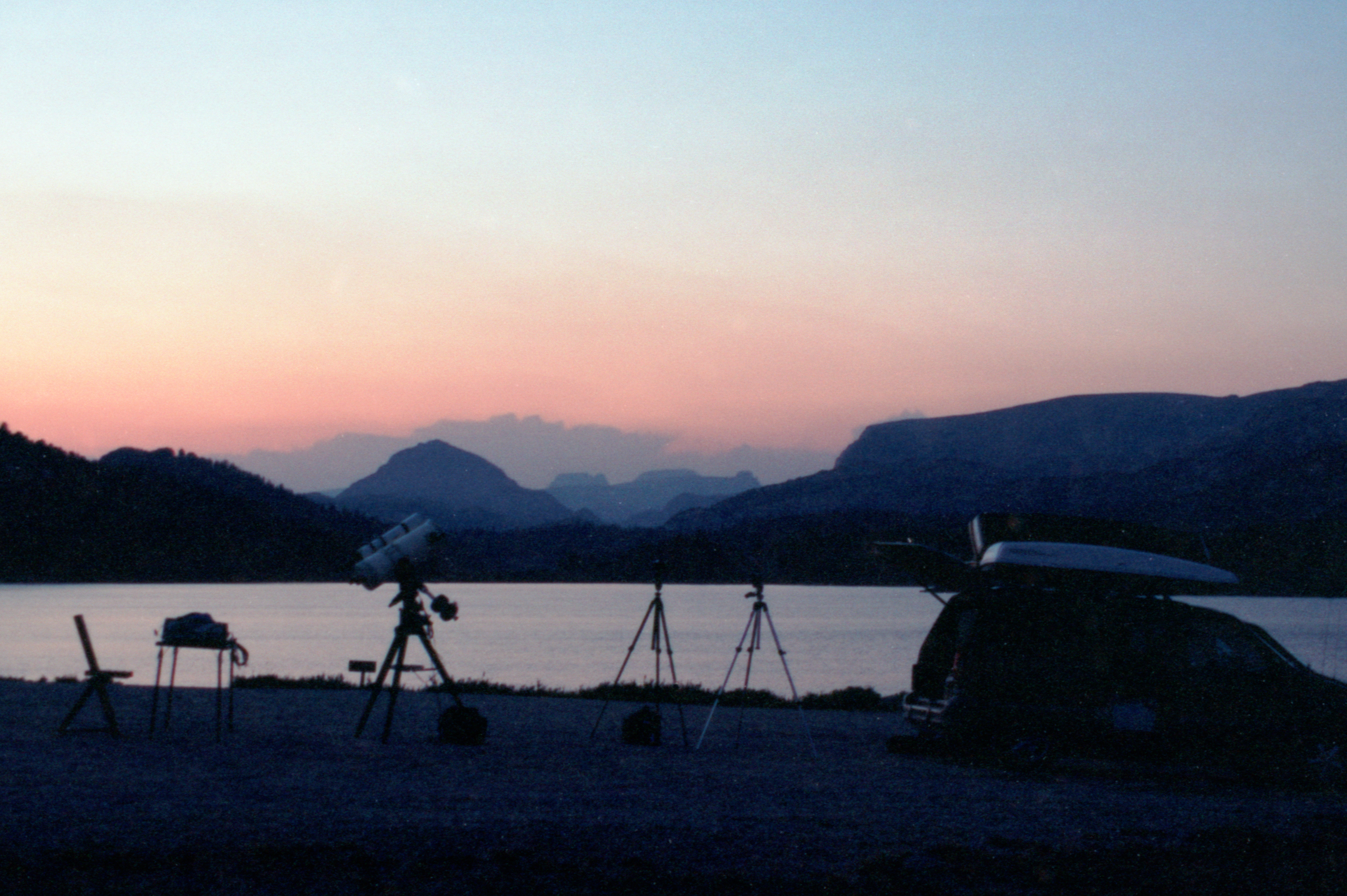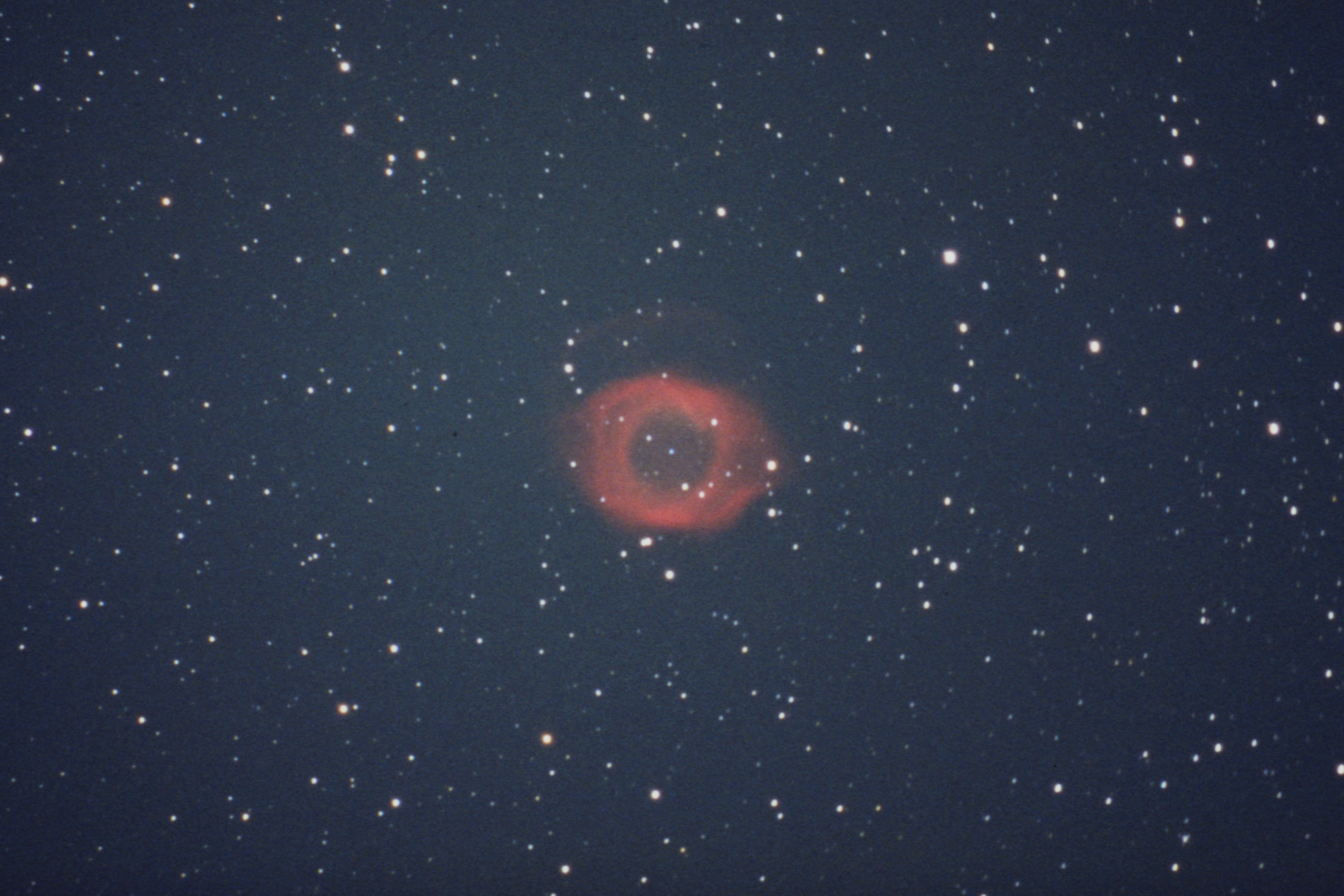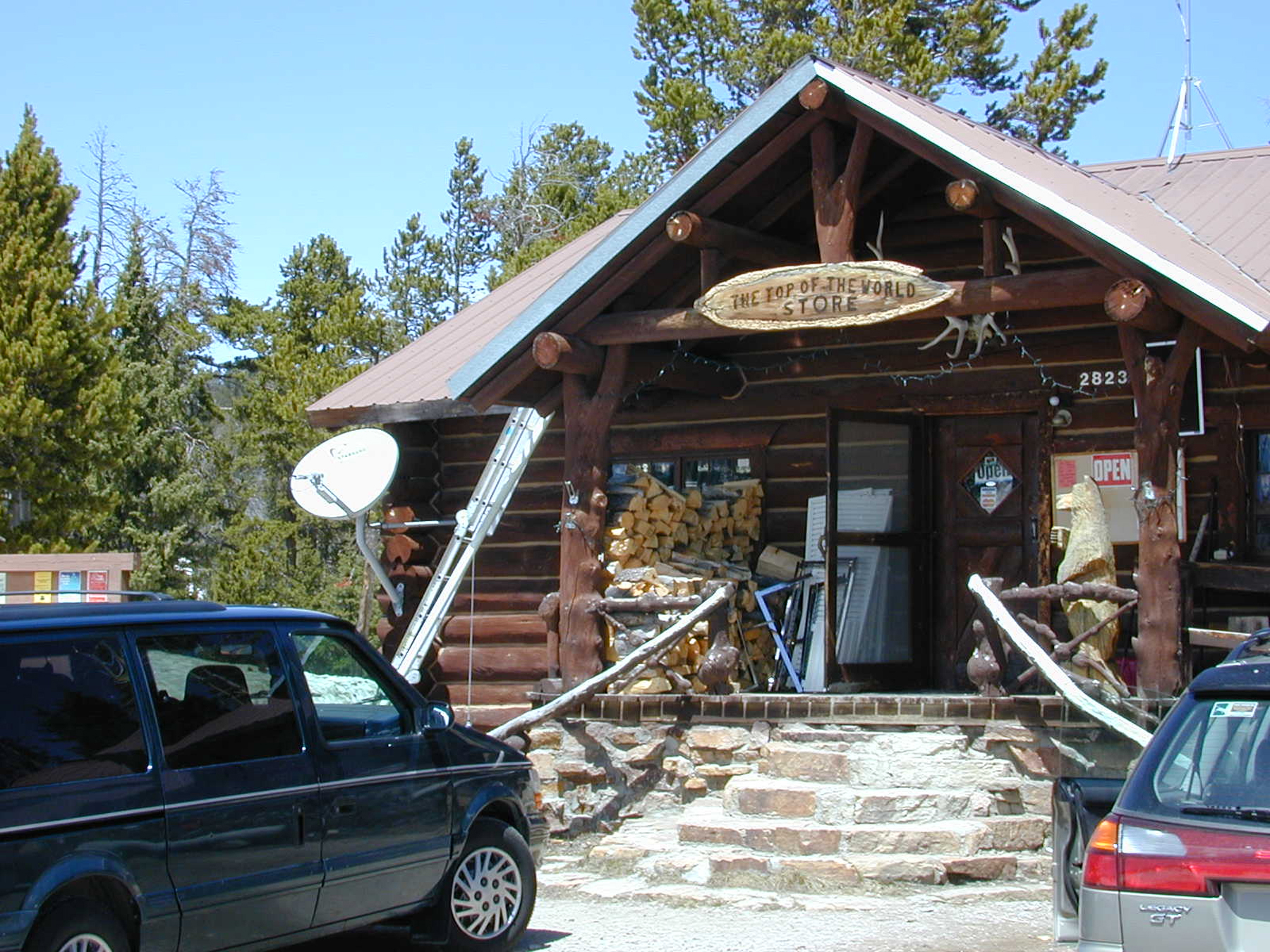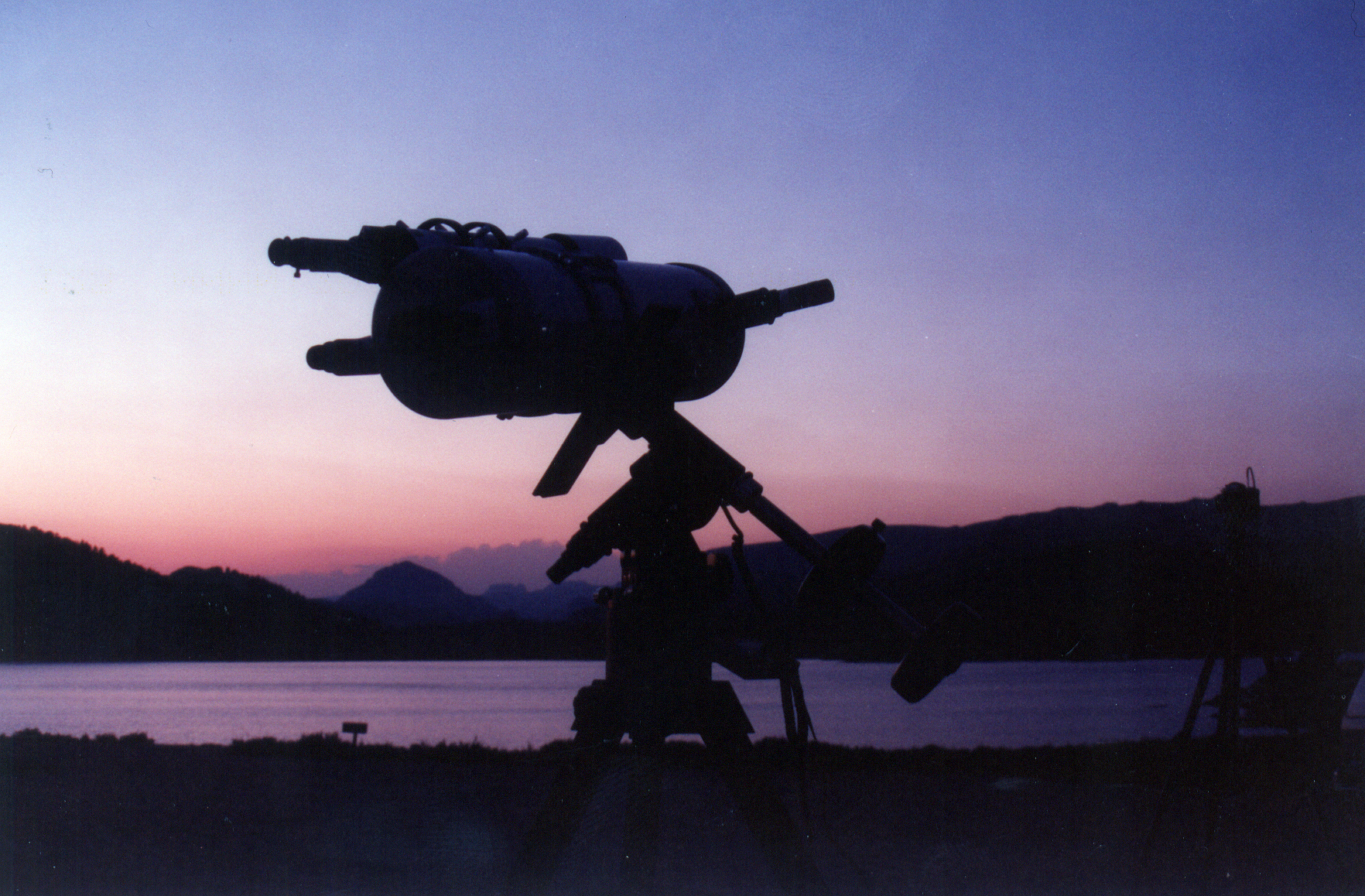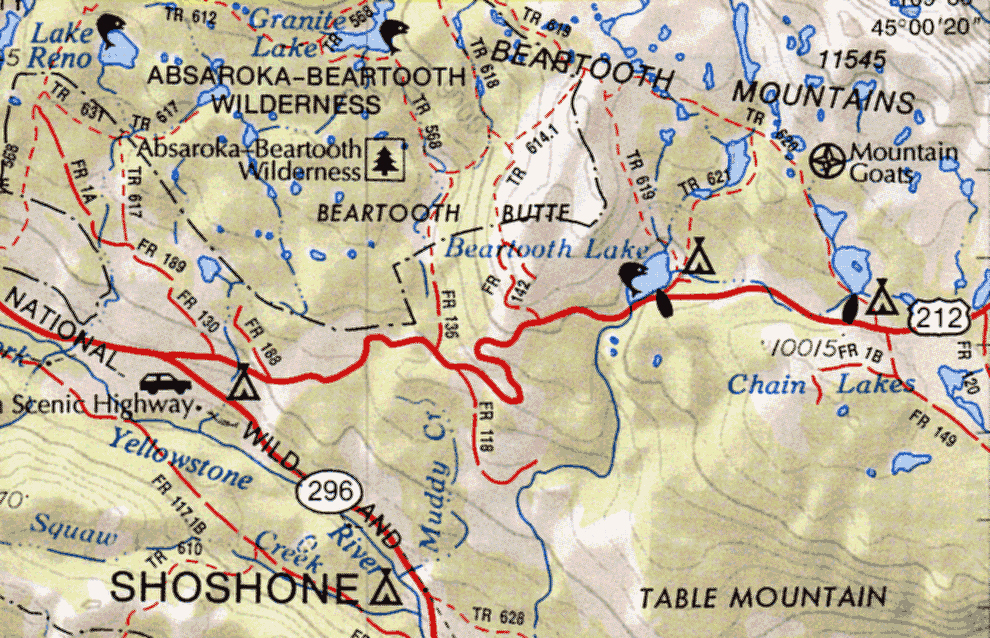Enough time had elapsed that my engine could cope with the short drive to the service station, even with a disabled cooling system. It continued to hemorrhage green fluid however, even as I parked in the garage’s driveway. I walked into the noisy shop, avoiding the hoses running across the floor that powered various air tools and welding equipment. At a break in the sound level, I caught the attention of a mechanic, a young man in a jumpsuit, his hands wrapped around a troublesome oil filter. He stopped his project and came over to hear me.
Knowing I am not fluent in the language of cars and their ailments (a specialized branch of linguistics similar to health-care and medicine), I did my best to explain my situation.
“Well my car is barely running and there’s green fluid everywhere. It was working fine until I started out after lunch, and—“
He interrupted my auto-illiterate description of symptoms and sequence, “Hold on a minute. Is your car here?”
“Yes, it’s out front.”
“Ok, so what led up to this? Did the car overheat?” He walked with me out to the driveway.
“No, not that I know of. Everything was fine when I stopped for lunch at the Irma; I’d been driving fine for miles before then. I’ve been traveling over the last few weeks and today I came into town from the west, over Chief Joseph Pass— “
“Now you’re talkin’!” An apparent understanding of the situation interrupted my story. “Let’s see what we have here.”
His reassuring manner and friendly encouragement accompanied us as we got to my car and inspected the confusing condition under the hood. He rapidly diagnosed the broken radiator hose and showed me where it had burst.
“So why would it burst after lunch instead of before?” This didn’t make sense to me.
He explained that when I shut off the car, the cooling system stops circulating, and without a way for the heat to get out, the engine temperature builds up. When restarted a short time later, the sudden excess load on the cooling system caused the hose to burst. This sounded plausible to my uninformed logic, and I turned my attention to how it could be repaired. Would I be back on the road today, or later this week?
I left it with him after he explained he would need to identify the part and see if they had a replacement. I should check back in 20 or 30 minutes. I looked around to see how I could kill half an hour, which I did at the neighboring hotel and gift shop, returning to find the car in its same spot! Did anything happen? I checked with the garage office (the convenience store) and was informed, “Oh yes, it’s all done. The bill is thirty dollars, here’s the key.”
I was stunned. Full and immediate recovery from an automotive disaster for the cost-equivalent of a tank of gas? I found the mechanic and tipped him in appreciation for interrupting his work to attend to my cause. Because of the hospitality and kindness of the people in Cody Wyoming, I’m on my way to the next town, Greybull. And from there to the Bighorns, and if I get to stay in the Bighorns tonight, it will be because of the western courtesy given to strangers in distress.

